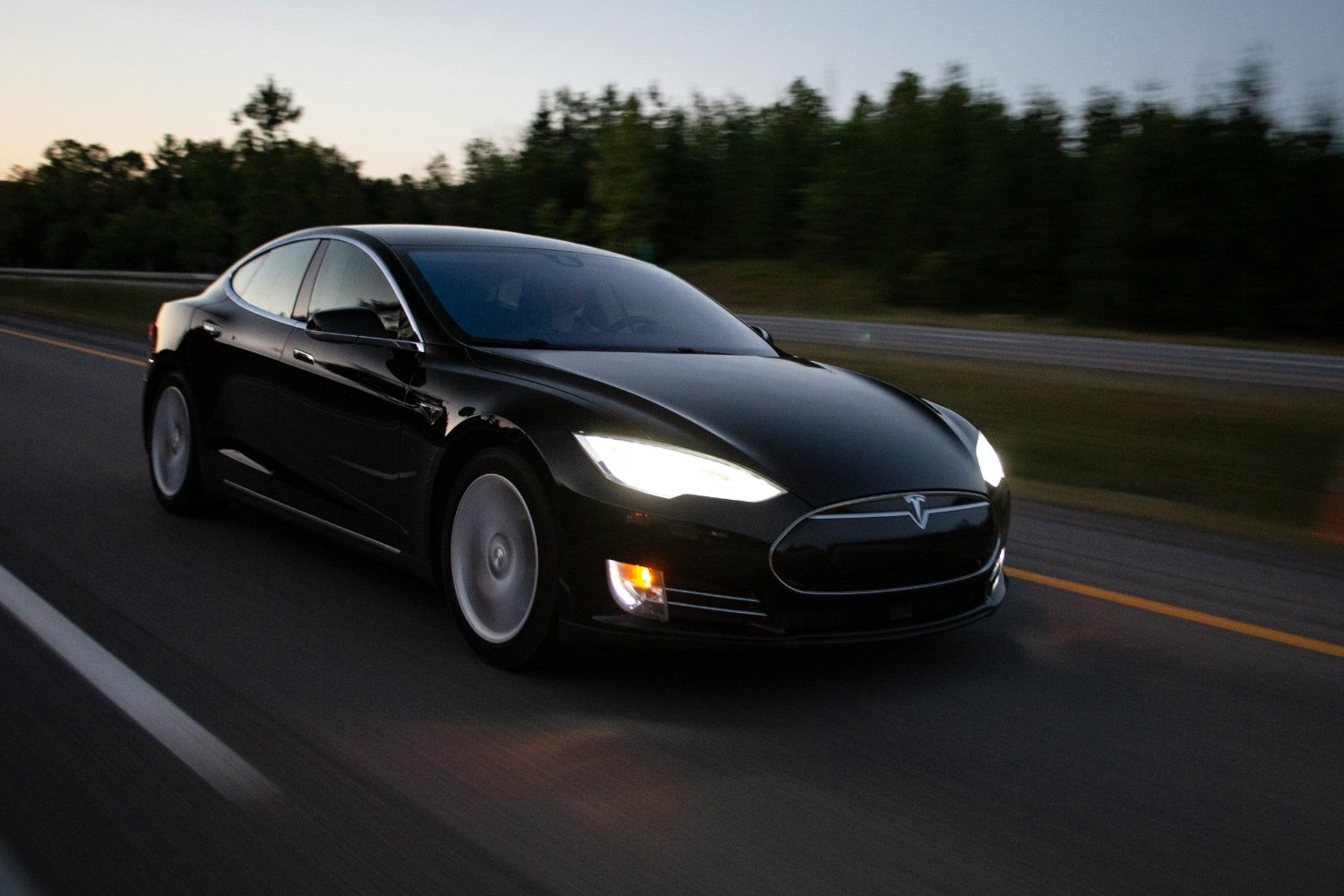OpenAI is seeking to raise up to $40 billion in new funding at a valuation of $340 billion, the Wall Street Journal reported today.
SoftBank Group Corp. is expected to lead the investment. The Japanese tech conglomerate could reportedly commit between $15 billion and $25 billion. According to the Journal, it’s also helping the ChatGPT developer find other investors who may be interested in joining the deal.
The report comes three months after SoftBank backed a $6.6 billion funding round for OpenAI at a $157 billion valuation. That the former company is reportedly seeking to invest again at a significantly higher valuation suggests it’s optimistic about OpenAI’s growth prospects. Last September, the New York Times reported that the ChatGPT developer was on track to end 2024 with $3.7 billion in revenue and was expecting to reach $100 billion by 2029.
But though OpenAI’s top line is growing rapidly, it’s currently unprofitable. The Journal reported that a portion of the new capital the company is raising will be used to finance its loss-making business operations.
The round will also be used to fund Project Stargate, an infrastructure initiative that OpenAI announced last week at the White House. The company plans to team up with SoftBank, Oracle Corp. and investment firm MGX to build a network of artificial intelligence data centers in the U.S. The project is expected to cost as much as $500 billion.
OpenAI and SoftBank have each committed about $19 billion to the initiative, The Information reported last week. Sources told the Financial Times that the companies plan to cover the rest of the AI data centers’ cost by raising funding from “existing investors” as well as debt financing.
Earlier this month, Chinese AI lab DeepSeek open-sourced a large language model called R1. The algorithm achieved performance comparable to OpenAI’s reasoning-optimized o1 LLM across several benchmarks. The $40 billion that OpenAI is raising could put it in a better position to address competition from DeepSeek and other rivals.
The release of R1 suggests it might be possible for startups with significantly smaller budgets to match OpenAI’s frontier models. In an academic paper, DeepSeek researchers detailed that they trained R1 using $5.6 million worth of graphics card hours. That’s a fraction of what OpenAI is believed to have spent on its LLMs.
Following R1’s release, OpenAI pledged to “deliver much better models” in the future. The company’s rumored funding round should make it easier to achieve that goal. If it materializes, the investment will also give OpenAI more time to find ways of providing its AI services at a profit.
Photo: Focal Foto/Flickr
Your vote of support is important to us and it helps us keep the content FREE.
One click below supports our mission to provide free, deep, and relevant content.
Join our community on YouTube
Join the community that includes more than 15,000 #CubeAlumni experts, including Amazon.com CEO Andy Jassy, Dell Technologies founder and CEO Michael Dell, Intel CEO Pat Gelsinger, and many more luminaries and experts.
THANK YOU











